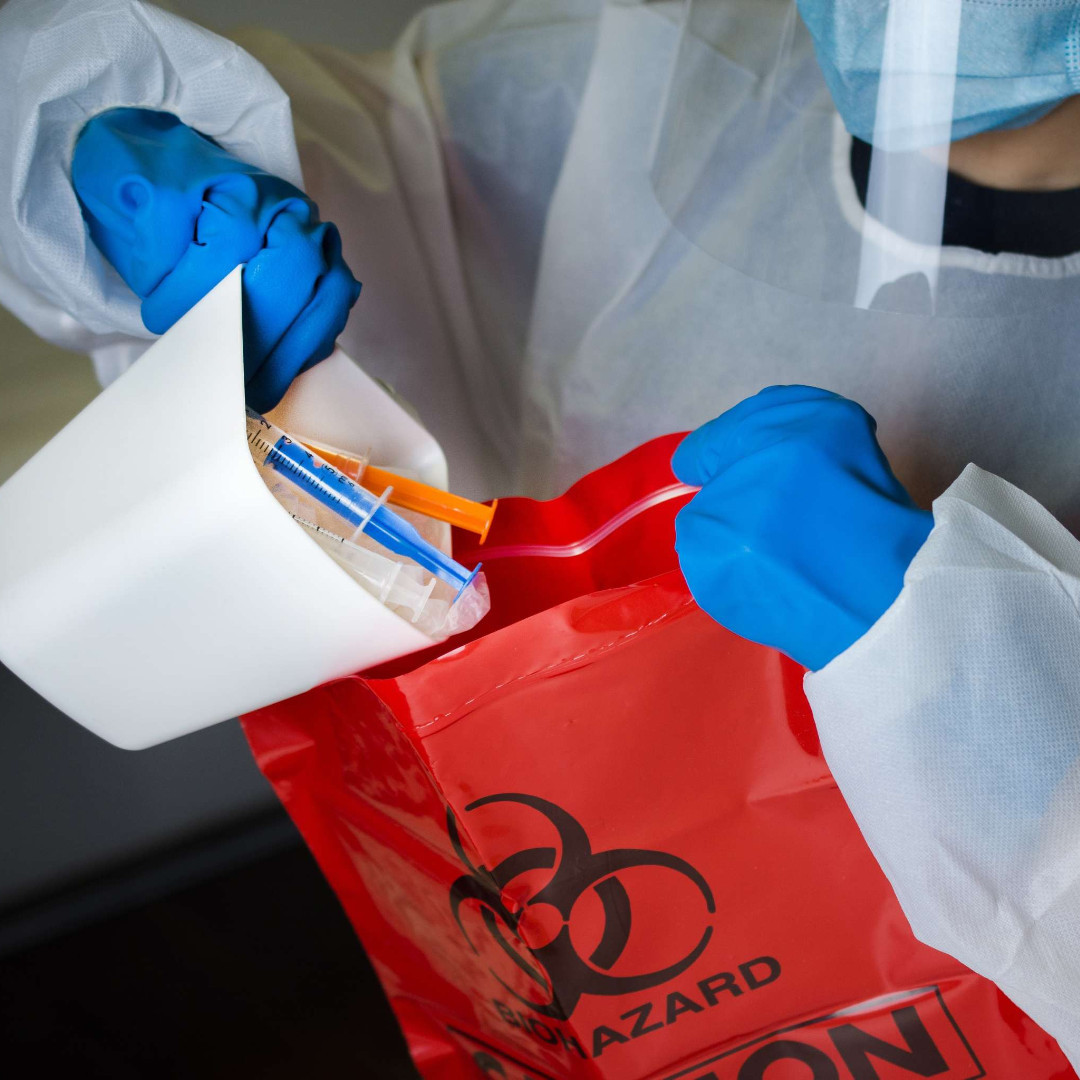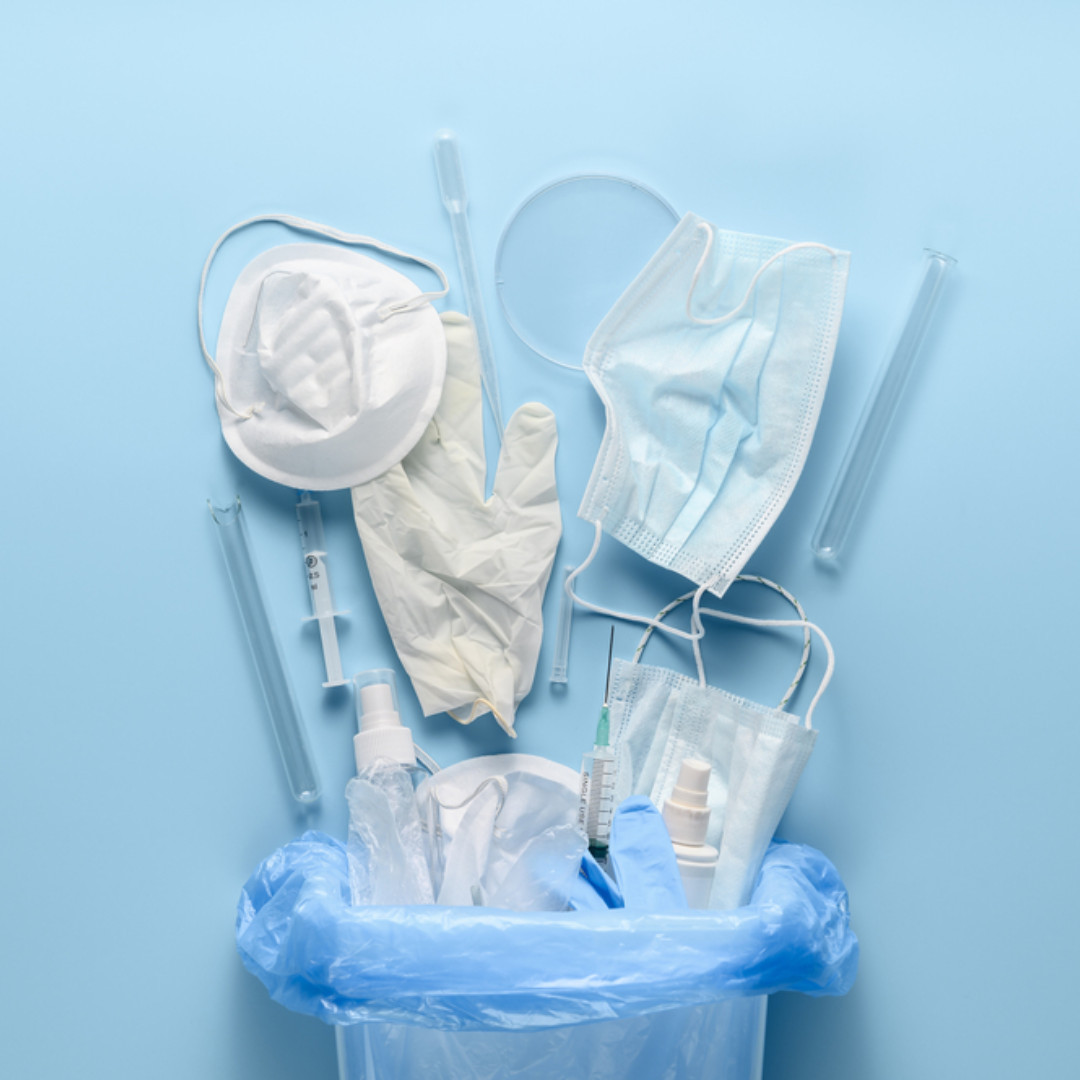Medical waste materials are highly dangerous, and they must be treated with the utmost care.
The health care system is integral to the well-being of a country. Hospitals, clinics, diagnostic laboratories, pharmacies, and other similar institutions all work together to ensure everyone is in good health.
But keeping us in tip-top shape does have a toll on the environment, and public health and safety. As health workers strive to keep everyone healthy, these health care institutions generate a lot of potentially hazardous medical waste that needs to be disposed of correctly.
General Tips on Managing Medical Waste
According to collected data on medical waste, US hospitals generate almost 6 million tons of medical waste per year. Due to the dangerous nature of such wastes, stringent and specific protocols need to be implemented in order to handle them safely. Unsafe handling can be dangerous not just to personnel in charge of dealing with those wastes but also to the public who might get exposed to infectious maladies through improper disposal.
Federal and local regulations are in place to curb out the risk. For medical waste generators, they need to follow these regulations and procedures for proper and safe medical waste disposal.
Properly segregate wastes into respective bins
Medical wastes fall into different kinds. Such wastes are categorized and placed in their respective waste bins. Categorization is important because each has its own way of safe disposal. Through proper segregation, medical waste disposal personnel would know which bin contains what kind of waste and, therefore, how it should be dealt with. As such, different bins must be designated and labeled for: sharps wastes (used needles, scalpels, syringes, pipettes, glass slides, broken bottles, etc.); pharmaceutical wastes (expired drugs and vaccines); infectious waste (wastes contaminated with blood and body fluids, Petri dishes with cultured bacteria, materials that have been in contact with highly infectious patients in isolation wards, etc.); pathological waste (human tissue samples, organs, body fluids); cytotoxic waste (waste containing cytostatic or genotoxic materials often used in cancer therapy); chemical waste (waste that contains chemical substances such as laboratory reagents, expired disinfectants, broken thermometers, acids, and bases, etc.); radioactive waste (waste from radioactive sources such as X-ray films, liquids used in radiotherapy, etc.); general wastes (ordinary wastes that do not pose any biological, chemical, physical, or radioactive hazards such as paper, plastic containers, pens, etc.)
Keep these containers out of reach of the general public. Only authorized medical personnel should have access to these disposal bins.
Labels must be clear
Remember that each type of medical waste must be placed in its own container. Thus, container labels must not be tampered with, covered, removed, or defaced. The labels should be clearly marked with the biohazard symbols, danger symbols, and other important information based on federal and state regulations.
For easier identification, each type of medical waste disposal bin is designated with a specific color: sharps waste container – yellow or red with a biohazard symbol; pathological or cytotoxic waste container – yellow with a biohazard symbol; infectious waste container – yellow with biohazard symbol and the words “highly infectious”; chemical, pharmaceutical, or radioactive waste container – brown marked with a danger symbol; general waste container – black.
Medical waste bins must be of high quality
When purchasing medical waste bins, they must be high-quality, sturdy, leak-proof, impact-resistant, and sealable. Inspect each container for small holes and cracks in which liquid or gaseous wastes might leak through. Do not scrimp on container quality.
We also recommend getting ones with contactless lids or foot-lever lid-opening mechanisms so personnel won’t have to touch the lids when they put in waste material.
Virtually all medical waste disposal bins come with liners. Use those liners for added protection. When full, the liner’s opening must be twisted and tied close. When it comes to sharps waste, there’s a possibility that sharps may puncture the lining. This is why there are specific, puncture-resistant for sharps waste.
Put on safety gear
When handling medical waste, personnel should wear rated protective gear. These include but are not limited to thick gloves, safety goggles, boots, and safety aprons. Other types of wastes may require more specialized gear such as hazmat suits.
Collect on-site medical waste regularly
Federal regulations state that containers may be filled up to a maximum of 45 pounds. However, don’t let the container accumulate waste materials to that point. As such, regular collection of medical waste should be done on a regular basis; as a rule of thumb, at least once a day.
To prevent possible contamination and exposure, assigned personnel should collect medical waste during non-busy times where there’s less foot traffic, usually early in the morning or late at night.
Store medical waste in a secure and dedicated facility
Accumulated medical waste may be stored on-site for a specified time until it can be taken off-site. If so, it’s important to have a clean, safe, and secure facility for such medical wastes. Only authorized and duly trained personnel can access the storage facility.
Each type of medical waste should have its own area or compartment in the facility. These areas should be free from pests, covered and sheltered from sunlight, completely separate from any food storage, well-lit, and has good ventilation. The facility should also be waterproof and equipped with effective drainage. Finally, there should be a washing station nearby so authorized personnel can wash after handling wastes.
Finally, there should be an easy way for dedicated medical waste disposal vehicles to access the facility. A ramp, bridge, or some other structure or equipment should make loading the medical waste to the vehicle safe and easy.
Documentation should be done diligently
Federal and state regulations require that the journey of medical wastes from generation to destruction must be documented. Thus, makes sure that the details of the medical waste pathway are recorded and documented. The waste generator and the contracted medical waste transportation service provider should have a list of protocols that they should follow in case of medical waste spillage or potential exposure due to untoward accidents.
Conclusion
Medical waste materials are highly dangerous, and they must be treated with the utmost care. The tips above generally ensure proper and safe handling. However, specific protocols may vary based on the facility’s own regulations, local government rules, or state regulations.
This post was first shared on Legal Reader, Safety and Health Procedures in Medical Waste Management, on January 22, 2021.











